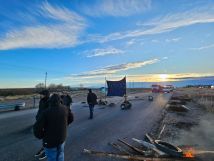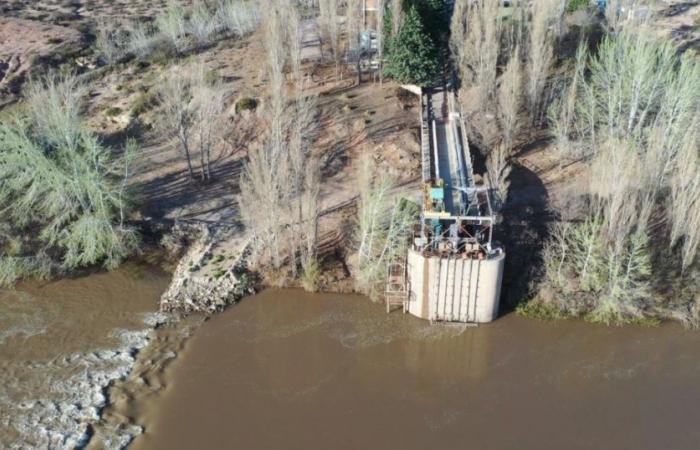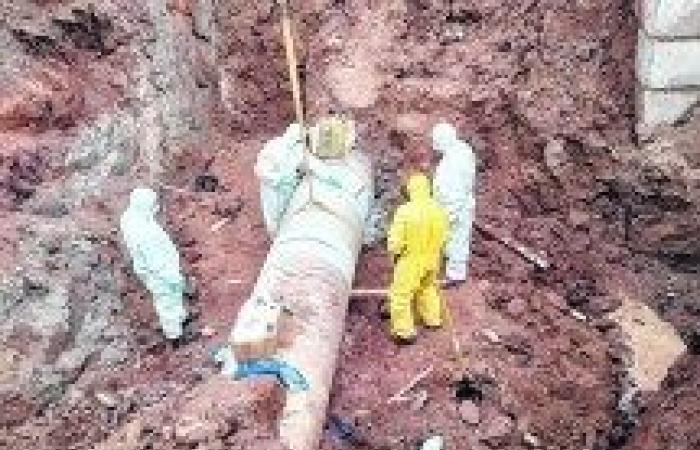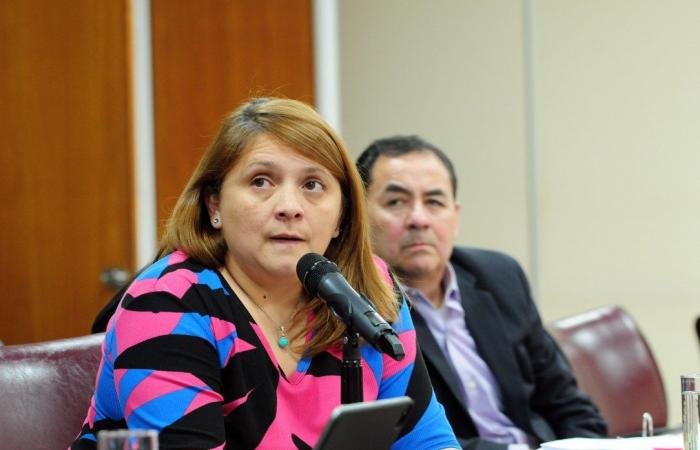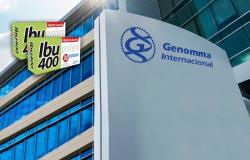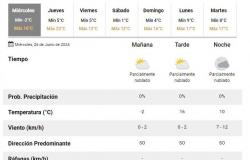The lack of investment in some of the aqueducts operated by the EPAS, including the Neuquén River that supplies Cutral Co and Plaza Huincul, set foot in the Legislature. Now, it is deputies who ask to know what works are planned by the provincial body and what the situation is to rule out any problems in the provision of water to the population.
Workers of the entity, which is in charge of producing the drinking water that then reaches the homes, denounced the lack of investment in the plants and aqueducts.
For example, in Cutral Co and Plaza Huincul, the two systems enabled to send water to the inhabitants come from the Neuquén River and Los Barreales Lake. However, the repeated breaks in the pipelines forced the claims to be more insistent.
“The state is critical within our panorama. I don’t know if it will be more critical than Neuquén because it has more population density, as well as Rincón de los Sauces, which does not have as much population, but the plant cannot cope.”The representative from Cutral Co, Paola Cabeza (MPN), told RÍO NEGRO daily.
The legislator promoted one of the draft resolutions that was submitted to the Finance and Budget, Accounts and Public Works commission. The other was promoted by deputy Alberto Bruno, from Hacemos Neuquén. The concern in this case is for the provision of water for the Toma Norte neighborhoods; May 2; May 2 North; May 7 and social lottery, in the capital.
It is expected that the Legislature will issue two notes to the EPAS so that the authorities can report on the situation of service provision in different parts of the province.
This week, the provincial government reported that funds were managed for the expansion work to improve the provision of the aqueduct from Mari Menuco and road works, for a total of US$ 100 million. Financing will come from the Development Bank of Latin America. The repair of this system is estimated at US$50 million.
However, in this first instance the two aqueducts of the oil region are not mentioned.
The system that is in the Neuquén River, on the Buena Esperanza plateau, allows the liquid to be captured, made drinkable and sent to the so-called Copa that is in the Parque Oeste neighborhood in Cutral Co. From that point it is distributed to the two towns throughout the municipalities. The other is the one that comes from Lake Los Barreales.
The resolution that is in the Legislature
The proposal is that the Chamber issue a resolution so that both the Ministry of Energy and Natural Resources and the EPAS provide a report on the current provision of drinking water and sanitation services. This includes treatment plants and networks in the locations where the agency operates.
The details of each case are also requested and whether the tasks are carried out on behalf of the EPAS or on their own, or through concessions to third parties.
Another point is the machinery, supplies and resources available for the operation of the EPAS and the normal performance of the tasks of its workers.
Finally, they require that the reasons why the power outage occurred at the EPAS headquarters in May be specified. Also indicate the status of the joint negotiations with the organization’s workers, including dates, participants and results of the meetings held to date, in addition to the existing forecasts for their continuity in the immediate future.
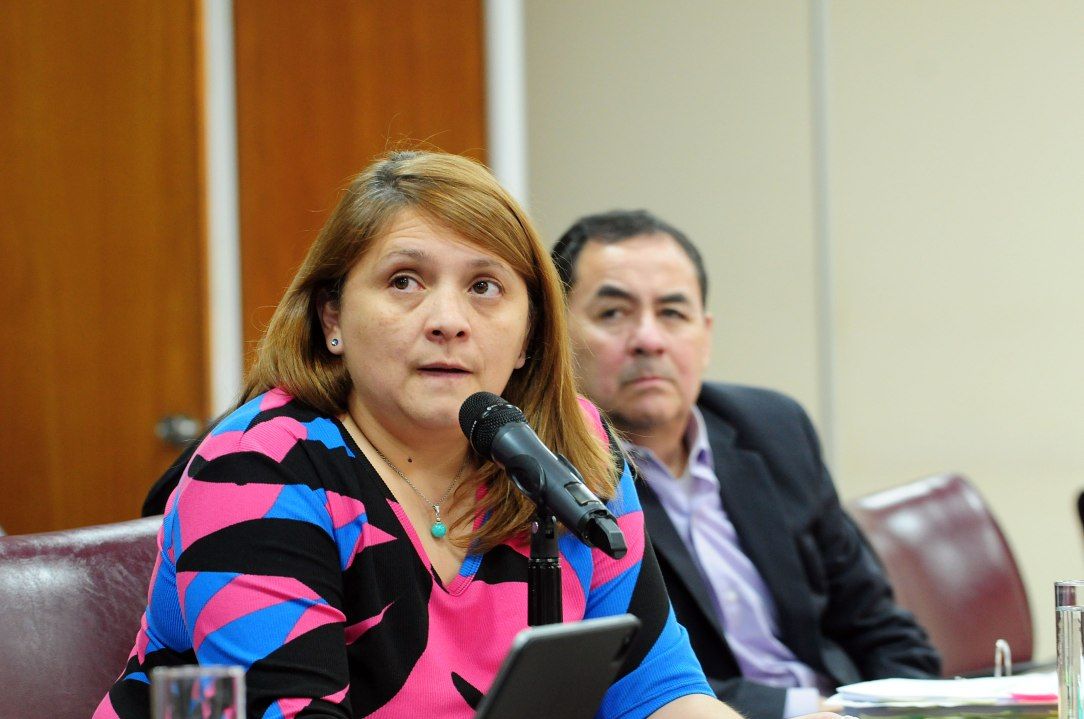
The urgency is because if not enough money is allocated, the probabilities of breakage and shortage of drinking water will become increasingly certain.
“The workers said (in a visit to the plant) that there has been no investment for many years, but until last year they could recycle pipes, instruments and reuse them”described Deputy Cabeza.
However, during this time the employees told him that the plant had reached the point where they did not have even the most basic elements to repair. “Not even wire to tie something, not even the spotlights for the lights because they have to travel at night on those bridges that go above the filters,” they told this medium.
To carry out the night tours, they must be illuminated with ordinary flashlights or cell phones, as they explained.
The representative recalled that the Legislature authorized Governor Rolando Figueroa to take on debt to have the financing to have the money for the infrastructure. Both about schools, as well as the EPAS and the routes.
“EPAS is included and we want it to be a priority, we are trying to do everything possible so that they give it the priority they need,” he said.
Pumps and motors in the Neuquén River
On the Buena Esperanza plateau are the pumping equipment and motors that have the greatest flaws.
The repair and maintenance of the pumps so that everything is in good condition involves an estimated cost of 119 million pesos, according to a survey that was carried out almost at the end of May and is in the EPAS.
It includes the purchase, the order for the manufacture of parts and the maintenance of the pumps of lifting stations 1 and 2. Some parts are missing that are not included in the budget.
There are materials that are required – such as stainless steel – to be able to carry out repairs and maintenance on the pumps that are both in the river and in the lifting plant.
One of the drawbacks they usually encounter is the lack of prices to prepare the budget that must be authorized to then arrange the purchase.
The most expensive thing is a 1,200 HP engine that is at the height of the river and to buy it you need just over 137 million pesos.
“What is most annoying is the apathy because these pumps have to be bought,” said the deputy.
